Tag: study
-
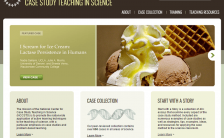
HHMI and Case Studies
HHMI Biointeractive has many interactive resources, case studies, and data analysis. Here is a list of my favorites: Interactive Case Study For Studying Elephant Communication Effects of Fungicides on Bumble Bee Colonies Human Skin Color: Evidence for Selection Lactase Persistence: Evidence for Selection Exploring Trophic Cascades Exploring Biomes in Gorongosa Nutrient Cycling in the Serengeti
-

Case Study: John Snow and the Origin of Epidemiology
This case study explores a time before the Germ Theory when doctors were uncertain how disease was spread. Current models, such as the humoral or miasma model could not fully explain how cholera infected some households, but not others. This case story explores London, England in 1854 after an outbreak of cholera which had…
-
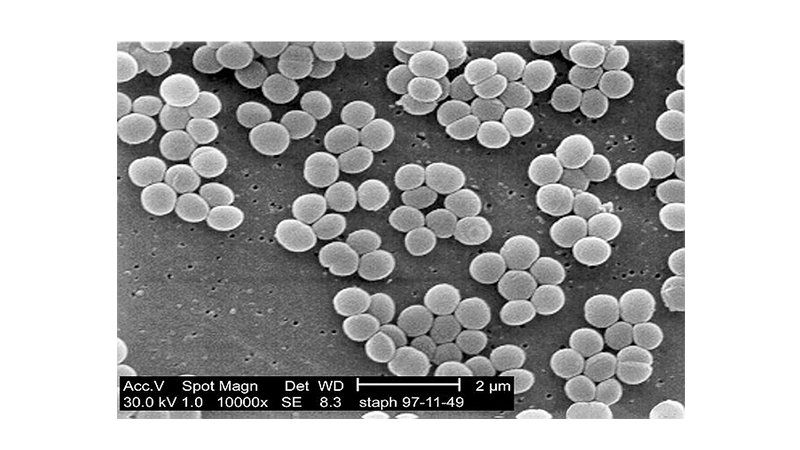
Case Study – Are Nanobacteria Alive?
In this case study, students review the evidence of scientists on both sides of the controversy questioning whether nanobacteria are living organisms.
-

Case Study: How Do Bacteria Become Resistant?
Students analyze data regarding methicillin and penicillin resistant bacteria, focusing how hospitals inadvertently drive the evolution of resistant strains. Each section of the case explores an aspect of dealing with bacteria, including sanitation, analyzing agar plates uses the Kirby-Bauer disk method and concludes with students suggesting plans for reducing the incidence of MRSA in hospitals. With…
-

Case Study – Chicago Cyanide Murders
Students investigate how cyanide interferes with the mitochondria and the role of oxygen in cellular respiration; based on an historical event.
-
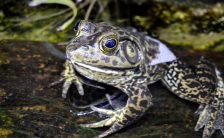
Case Study – Are Invading Bullfrogs Harmful?
Students follow a story about an ecologist and a student who are studying the population size of bullfrogs in California. These amphibians are considered an invasive species in that area and have been causing the decline of native species. Students learn concepts related to community interactions and learn one species can cause the decline…
-
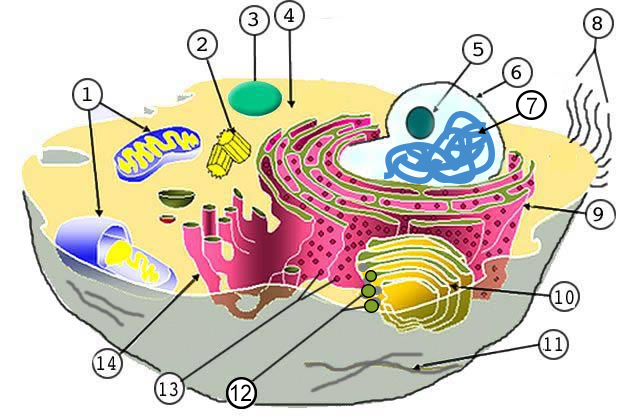
Label the Parts of the Plant and Animal Cell
Label a diagram of an animal cell and a plant cell; a diagram showing how proteins are produced by ribosomes, and finally packaged by the golgi apparatus.
-

Case Study – A Tiny Heart (old version)
Students examine the symptoms of a newborn baby who has a problem with his heart and suggest treatment options.
-

Color a Plant Cell and Identify Functions
Students learn the structures found in a plant cell by coloring them according to directions.
-

Case Study – Evolution and White Striped Clovers
The production of cyanide by clovers with white stripes is an evolutionary advantage is some environments, but not others.
-
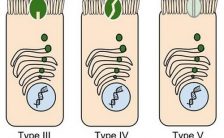
Case Study – Cystic Fibrosis
This case study explores the relationship between the cell membrane and breathing difficulties that occur as a result of the genetic disorder cystic fibrosis.
-

Analyzing and Interpreting data with Graphs
NGSS and AP Biology resources for interpreting data exercises in the classroom. Turn graphs into discussions and mysteries.
-
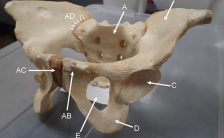
Top 5 Online Quiz Makers
List of apps that can be used to help student learn content. Practice quizzes can be shared across social media or LMS. Best quiz apps include quizziz, quizalize, and quizlet.
-
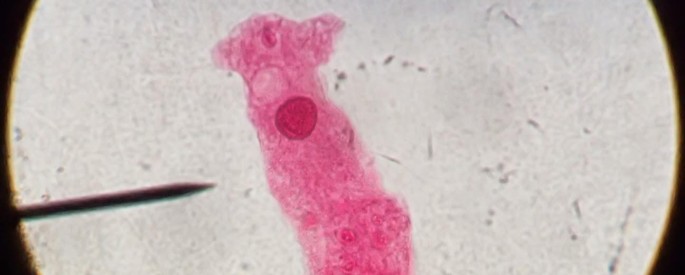
How to Study Protists with Freshman
The unit on protists is one that I used to dread, mainly because the world of microscopic organisms does not ever seem particularly interesting to students, where only a small percentage of them seem to care about the Ameba and Paramecium. Furthermore, studying protozoa seems to be disconnected from real world applications. Laboratory investigations can…

